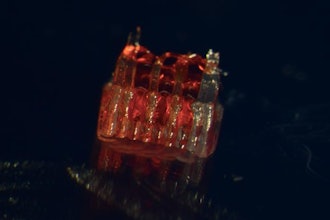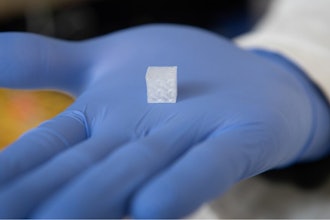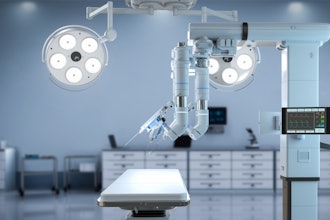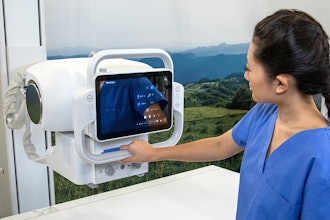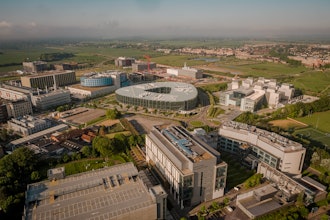Researchers from the Thayer School of Engineering at Dartmouth College and City University of Hong Kong have created a bio-hybrid floating plane robot.
The robots were inspired by Transformers toys and whales. The robot can shape-shift its elastic body and is propelled by a light-controlled cellular engine. The idea is that this roughly 10-millimeter robot could one day perform highly targeted drug delivery.
The body is the shape of an airplane and was 3D-printed using polysiloxane material, which is the same stuff they use to make dental putty. Then, the team coated it with heart muscle cells and a light-sensitive hydrogel.
The robot is driven by a tail fin that mimics whale propulsion, but the soft robot is remote-controlled by a skin-penetrating, near-infrared light. In the absence of light, the wings deploy, allowing the heart cells to propel it forward. When exposed to light, the floating plane retracts its wings, causing it to stop.
The transformable device dramatically improves the usefulness of robots designed to work inside the human body — it will literally swim up the human bloodstream.
So what does that mean for drug delivery? As Zi Chen, an assistant professor of engineering at Thayer, said, "We literally dropped drug bombs on cancer cells.”
Because the floating-plane robot is maneuverable, it can carry medicine directly to cancer cells.
Next, the researchers are working to use light to move the wings separately so that it can become more precise.
While they were inspired by Hasbro’s classic toy line, I think Chen said it best: “The result is no toy; it may literally change people's lives."











